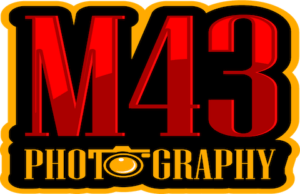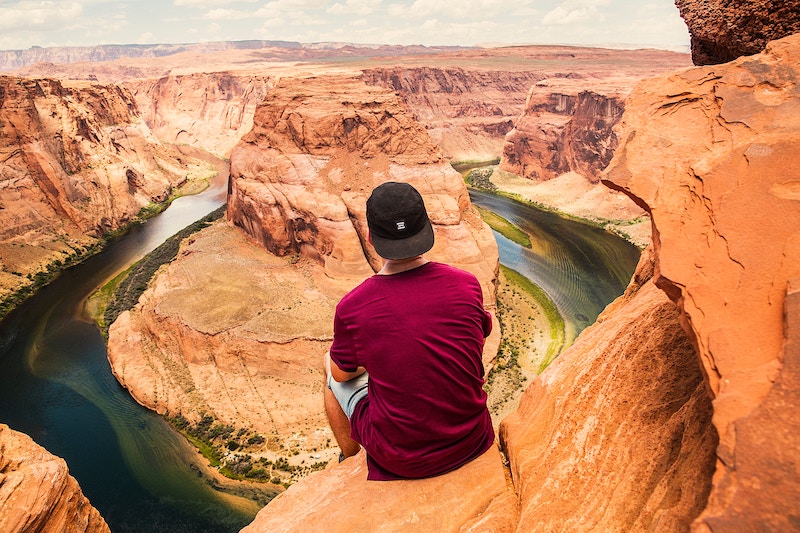Photography is a great hobby, especially for adventure travel. At the same time, it can be a lucrative business if that is your forte.
The problem with photography is that it knows no bounds as an art, and technology is fast-paced, having companies pump out new cameras are out all the time.
And when new cameras are released, you can expect that you can take shots that were nearly impossible before due to their new features. So what gear should you use for adventure photography?
For myself, the Olympus OM-D E-M1 Mark II coupled with the M.Zuiko 12-100mm f4 and M.Zuiko 17mm f1.8 is the ideal base kit. It’s lightweight form, and high image quality makes it perfect in so many ways.
And what other tools can you use to make the best adventure photography images?
Let’s take a look at some more tips to guide you in the following aspects:
- Camera Systems
- Drones
- Lens
- Essential Equipment
- Clothing
Camera Systems
There are affordable cameras, and there are those that sell for at least $5,000. Yes, it has four zeroes. But you do not really need that special equipment if you are just starting out (or ever).
Expensive cameras are usually for professionals who take photos for magazines, although there is a trend for cheaper systems that hardly compromise on quality such as micro four-thirds systems .
.
For adventure photography, the best system that you can use is micro four thirds. Cameras of this system have a wide variety of compatible lenses that allow you to be ready for every situation.
You can choose from a plethora of lenses, from wide-angle to telephoto zooms to primes which range from fisheye to telephoto.
One of the favorite camera systems of professional photographers and videographers is the Olympus OM-D E-M1 Mark II, or more recently the OM-D E-M1X.
You can equip it with powerful lenses like the Olympus M. Zuiko Pro lenses, which is dust, temperature and moisture resistant.
If you are looking to do underwater photography , the camera of choice is the OM-D E-M1 Mark II Housing, Camera, and Port-Bundle.
, the camera of choice is the OM-D E-M1 Mark II Housing, Camera, and Port-Bundle.
The excellent housing and along with its high-end sensor and great wide-angle options are excellent for underwater scenes.
If you want to get immersive shots underwater, use the Olympus M.Zuiko 8mm f1.8 Fisheye lens. This will give you the sharpest shots underwater, making your photos so vivid.
The image quality is unparalleled, and you will give more life to your photos.
Drone Cameras
Drones are a must-have for any adventure photographer. You must have one, so you can take scenic panoramic shots from above.
In the past, you could only make these kinds of shots when you are in a helicopter, but anyone with a good drone can do this now.
For extreme adventure, you have to shell out a lot of money if you want quality. Since you are taking photos from above, your drone must also be equipped with a powerful lens and camera.
You cannot attach standard camera lenses on your drone, as the weight will bog it down. What you want is to buy something like the Hexo+, a drone with six rotors.
It does not come with a camera, so you need to equip it with a compatible one, preferably Go Pro.
The cost of this drone is $1,000, but it is well worth it. The battery life can last 15 minutes, and it can reach a top speed of 45 miles per hour. From your spot, you can control it up to a distance of 300 feet.
The camera we recommend is the DJI ZENMUSE X5S. It is a micro four-thirds camera system that was built explicitly for drones so you can get the best aerial shots.
With this, you can shoot 4K videos at 60fps, or use the 20fps continuous burst for still shots from up high. The camera has a 20.8 megapixels sensor for still shots.
Lenses
Camera lenses come in many forms. You have the fisheye, the wide-angle, the telephoto, and so much more. So which one do you need?
There really is no answer to this, as it depends on the shot you want to take. Read this short guide to help you choose.
Prime – a prime lens is one that has a fixed focal point. You use this if you want to get a shot of a subject either closer or farther. This is typically used in sports where the photographer needs to shoot a player with the utmost clarity.
Zoom – the zoom lens allows you to focus in and out of a subject or an entire scene. With this lens, you can choose what parts of the scenery should be framed.
Fisheye – also called the ultra-wide angle, this is the lens that produces deceiving photos. The pictures are usually concave, but it does capture a vast area. Typically, you use this if you are standing on top of something, and you want to provide a full view of the area below.
Wide angle – the wide-angle lens is like a fisheye lens but rectilinear and therefore losing a lot of the extreme distortion. What’s incredible about this is that it can cover a wide area with a somewhat more conventional image.
Choose the lens that is right for your shooting you’ll be doing. If you can afford it, carry as wide a range of lenses as possible, so you are ready to take the best photos of your adventure.
Essential Equipment
There are many things you should take with you on your adventure photography. Here are other items that you should be considering on your travels.
First aid kit – this is non-negotiable. You have to bring a first aid kit because you will never know what’s going to hurt you out there.
Water bottle – always fill this up if you have the opportunity, and pack extra bottles, so you do not get thirsty.
Hydration is essential, as you will be trekking or swimming. This can be tiring, and you need to replenish your body fluids.
GPS – you can get lost in the mountains, and it is crucial that you have a GPS device that can help you navigate your way out.
Smartphones will not always work, as they are not getting a signal directly from satellites like GPS devices do.
Camera Strap – find a camera strap that will hold your camera even in unusual situations. You do not want your camera to fall from your bag as you traverse down the mountain, or if you are sailing on rocky tides.
Tripod – a tripod is an excellent tool if you want to take still shots while you are waiting in the shadows. This is great if you’re going to take photos of animals that find human presence obtrusive.
Use a remote wireless system so you can control the photography from afar.
Action Cam – this is great if you want to take a video of the entire experience. Edit the shots later to produce a real-life depiction of your adventure.
Clothing
The proper clothing you need is one that matches the outdoor experience. You should wear hiking pants and boots if you go up the mountains.
For an underwater adventure, wear the appropriate scuba suit that dries quickly; this way, you will not feel cold every time you come ashore.
Make sure that your clothes are breathable, like cotton, and that they do not get in the way of your arms and equipment.
Nothing is more inconvenient than apparel that is too loose, which can hamper you from moving through thick foilage without being snagged.
Also, avoid clothing that is too tight, as it also prevents you from moving with ease.
Wear clothing that does not absorb too much heat and settle for light colors. Always bring back-up clothing, and gear for the rain, as you do not really know what to expect in the mountains.
Summary
Remember, you will make the best out of your adventure photography if you have the right equipment and the proper preparation.
Choose those that fit your purpose, try to travel light , and always make sure you are ready to protect yourself should a mishap happen during your journey.
, and always make sure you are ready to protect yourself should a mishap happen during your journey.


